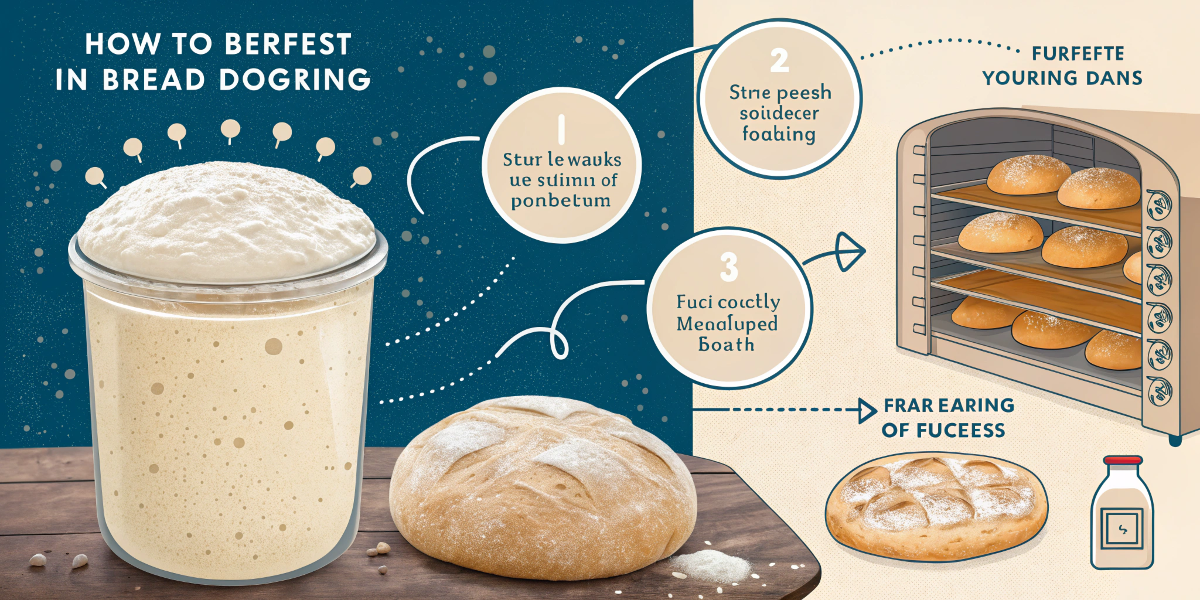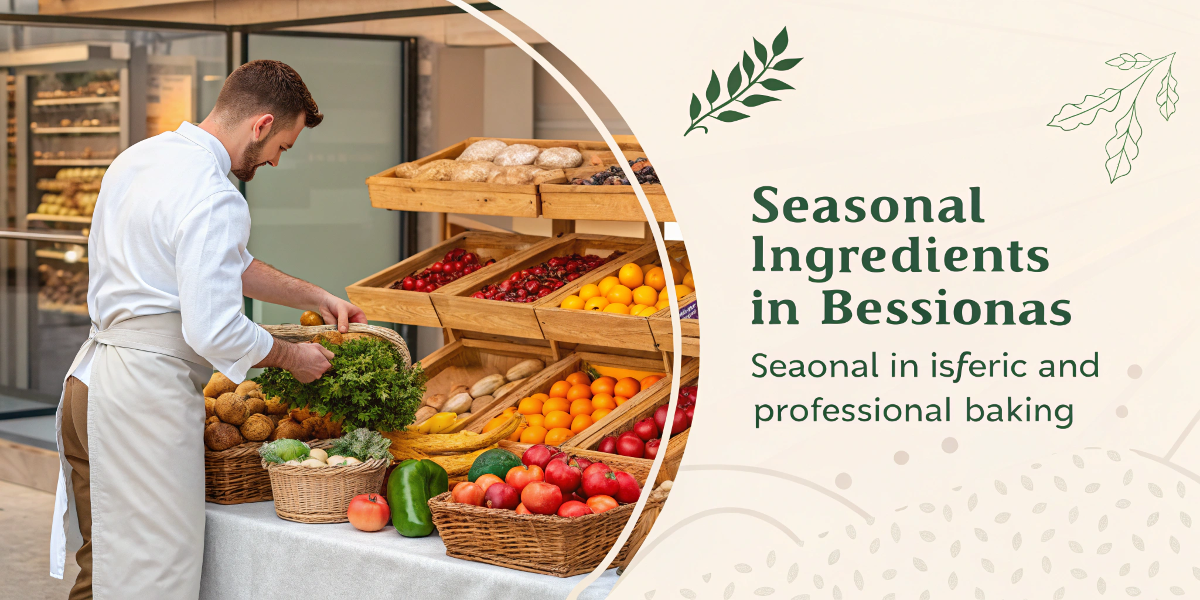Baking bread is both an art and a science. Among the many factors that determine the quality of a loaf, fermentation stands out as one of the most crucial. It’s the process that transforms simple ingredients like flour, water, and yeast into a soft, flavorful, and aromatic masterpiece. Understanding how fermentation works can help bakers elevate their skills and achieve bakery-quality results right at home.
The Science Behind Fermentation
Fermentation is the natural process where yeast consumes sugars in the dough and releases carbon dioxide and alcohol. This gas gets trapped in the gluten network, causing the dough to rise and develop structure. The longer and more controlled the fermentation, the more complex the flavor of the bread becomes. Temperature, humidity, and time all play essential roles in determining the dough’s texture and taste.
A well-fermented dough will have a light, airy crumb and a pleasant aroma. Over-fermentation, on the other hand, can make the bread sour or collapse after baking. Therefore, learning how to balance time and temperature is key to mastering the process.
Types of Fermentation in Baking
There are two primary types of fermentation — primary fermentation (bulk fermentation) and secondary fermentation (proofing). During bulk fermentation, the yeast becomes active and starts producing gas. This stage builds the bread’s foundation, influencing both texture and flavor. Proofing, the second stage, allows the shaped dough to rest and rise before baking, ensuring the final loaf has volume and lightness.
In some artisanal baking methods, a preferment such as a poolish or biga is used to enhance flavor and improve dough strength. These pre-fermented mixtures add complexity and a slightly tangy taste to the final bread.
Learning the Art of Fermentation
For those who want to master fermentation, professional training can make a significant difference. Hands-on programs such as Cake Baking Classes in Anna Nagar often include detailed lessons on fermentation techniques, yeast management, and dough behavior. These structured sessions help learners understand the nuances of timing, temperature control, and ingredient balance — all essential for achieving consistent results.
Such practical exposure allows students to experiment with different types of dough, from soft sandwich loaves to rustic sourdoughs, gaining insight into how fermentation affects each variety.
The Final Bake: Perfecting the Loaf
Once fermentation is complete, the baking process locks in all the hard work. The heat kills the yeast, sets the structure, and caramelizes the crust, giving the bread its final color and flavor. The satisfying crackle of a freshly baked loaf is the reward for understanding and respecting the science of fermentation.
In conclusion, fermentation is the heart of bread baking. It’s more than just waiting for dough to rise — it’s about patience, precision, and understanding how every element works together. With proper knowledge and practice, every baker can create bread that’s not only delicious but truly a labor of love.
Fermentation is the true foundation of great bread — a process that blends science, patience, and creativity. It’s not just about letting the dough rise; it’s about nurturing the yeast, balancing time and temperature, and understanding how small changes can completely transform your bake. When done right, fermentation gives bread its rich aroma, airy crumb, and beautiful crust — the hallmarks of an artisan loaf.
Mastering this process requires both knowledge and practice. By observing how the dough feels, smells, and reacts, bakers develop an intuitive sense of timing and technique. This connection between baker and dough is what makes bread making so rewarding.
These classes help learners explore advanced techniques, from natural starters to long-fermentation methods, ensuring consistent and high-quality results.
Ultimately, fermentation teaches more than baking — it teaches patience, precision, and respect for every ingredient. Once you understand its power, each loaf you create becomes more than food; it becomes a reflection of skill, care, and the joy of crafting something truly extraordinary from the simplest ingredients.
Conclusion 1: The Art and Patience of Fermentation
Fermentation is more than a baking step — it’s the art of patience, precision, and intuition. A perfect loaf doesn’t happen by chance; it’s the result of understanding how yeast interacts with flour, water, and time. The process creates not just air pockets and crust but depth of flavor and aroma that define artisan bread. Through observation and consistent practice, bakers learn to read the dough — when it’s ready to shape, proof, and bake. Once you understand fermentation, every loaf becomes a story of transformation — where science meets passion, and skill turns into satisfaction.
Fermentation teaches bakers that simplicity can be powerful. With only flour, water, yeast, and salt, you can create endless varieties of bread — if you understand the science within.















Leave a Reply